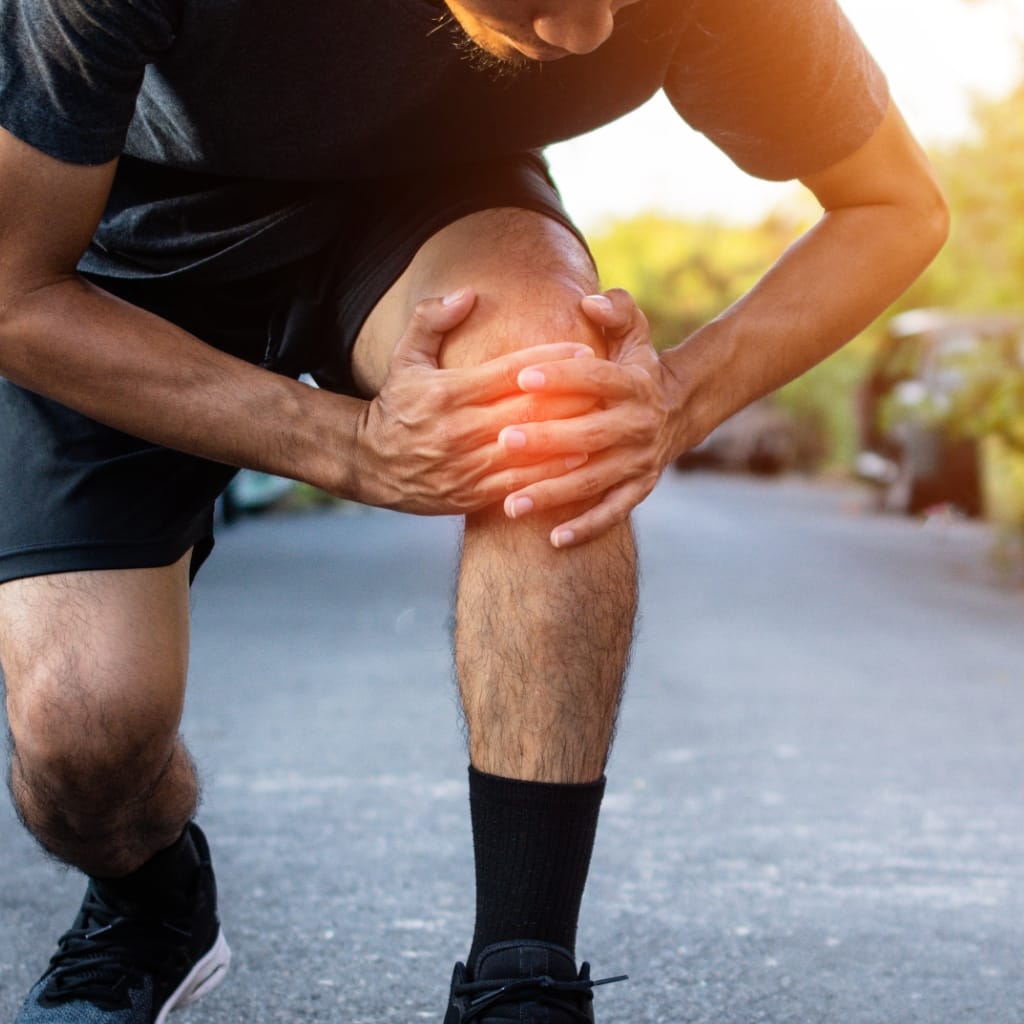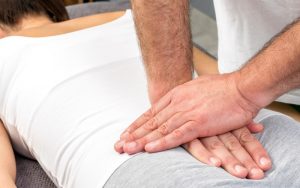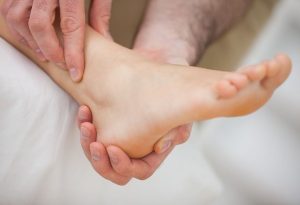Whether you like to run for sport or just for fun, there is an injury that accounts for just less than 5% of all running injuries. Patellar Tendonitis, or jumper’s knee, is an injury to the patellar tendon that connects you knee to your tibia bone. This area takes on a huge load in any type of running or jumping movements and it can become injured quite quickly. This typically happens in men more than women but both are susceptible to this type of injury.
Symptoms
There are a few different stages of jumper’s knee and depending on what stage you’re in will determine the symptoms you are showing. The first stage of patellar tendonitis is classified as pain after a certain exercise or movement. There is no true stopping of movement in this stage, just pain in the knee once the activity is finished.
Those who are in stage two of the injury will deal with pain both after and during the activity they are participating in. In stage three, however, the pain is all the time and the activities that can be participated in are limited. The final stage of this injure is a tendon rupture and that requires the use of surgery to repair the knee injury.
Treatment Options
For those who are dealing with stage one of jumper’s knee, simple ice therapy typically does the trick. Make sure to use ice packs or even ice massage after the activity to help reduce inflammation and pain. Those in stage two will typically have physical therapy due to the pain interrupting normal everyday life. They may lose sleep because of the pain and by working with a physical therapist they can reduce the pain and get back to normalcy.
Those who have reached a stage three injury should also work with the treatments above while adding in significant rest. This can be a period of three to six weeks depending on the injury and how physical therapy is working. You can also take prescription medication in any of these stages to help relieve pain if your doctor has prescribed it.
Strengthening exercises and being careful about alternating your exercise regimen can help to prevent these patellar tendonitis injuries. They can cause severe pain in any level of the injury and it is imperative not to push your body too far. Be sure to talk with your doctor if you’re experiencing continuous pain during or after activity to rule out jumper’s knee.










